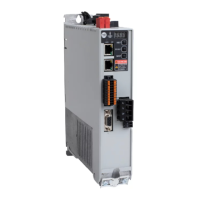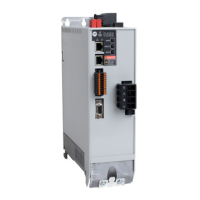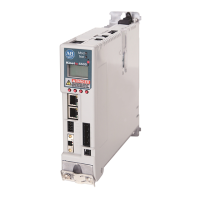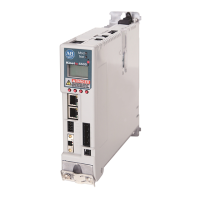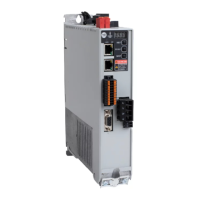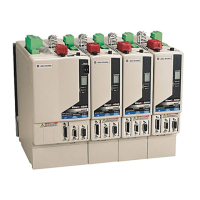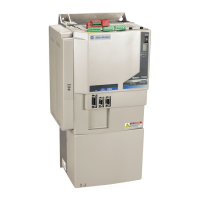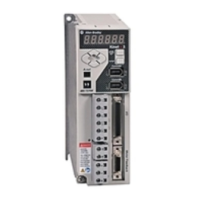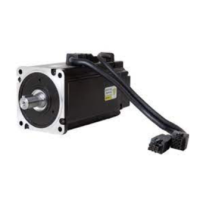88 Rockwell Automation Publication 2198-UM004D-EN-P - December 2022
Chapter 4 Connect the Kinetix 5100 Drive System
Wiring Guidelines Use these guidelines when wiring the connectors on your Kinetix 5100 servo
drives.
Follow these steps when wiring the connectors on your Kinetix 5100 drive
modules.
1. Prepare the wires by removing insulation as shown in Table 45
.
2. Route the cable/wires as described in Chapter 2
.
3. Insert wires into connector plugs or the I/O terminal block.
See connector pinout tables in Chapter 3
and Appendix A beginning on
page 457
for interconnect diagrams.
- Tighten the terminal screws on 2198-E2055-ERS, 2198-E2075-ERS, and
2198-E2150-ERS (200V) drives and 2198-E4055-ERS, 2198-E4075-ERS,
and 2198-E4150-ERS (400V) drives to the specified torque value.
- Connectors on 2198-E1004-ERS, 2198-E1007-ERS, 2198-E1015-ERS,
2198-E1020-ERS, and 2198-E2030-ERS (200V) drives and
2198-E4004-ERS, 2198-E4007-ERS, 2198-E4015-ERS (400V) drives use
spring tension to hold wires in place.
SHOCK HAZARD: DC-bus capacitors can retain hazardous voltages after input
power has been removed. DO NOT touch the P1, P2, DC-, DC+, ISH or ESH
terminals within the capacitor discharge time (listed in Table 46
). Before
working on the drive, measure the DC-bus voltage to verify that it has reached
a safe level. When DC-bus voltage is above 50V DC, the Charge status
indicator is on. Failure to observe this precaution could result in severe bodily
injury or loss of life.
Table 46 - DC-bus Capacitor Discharge Time
Kinetix 5100 (200V) Drives
Cat. No.
Capacitor Discharge Time
Minutes
Kinetix 5100 (400V) Drives
Cat. No.
Capacitor Discharge Time
Minutes
2198-E1004-ERS 5 2198-E4004-ERS 5
2198-E1007-ERS 15 2198-E4007-ERS 5
2198-E1015-ERS 15 2198-E4015-ERS 5
2198-E1020-ERS 20 2198-E4020-ERS 5
2198-E2030-ERS 20 2198-E4030-ERS 5
2198-E2055-ERS 35 2198-E4055-ERS 5
2198-E2075-ERS 45 2198-E4075-ERS 10
2198-E2150-ERS 110 2198-E4150-ERS 10
IMPORTANT
For connector locations of the Kinetix 5100 drives, see Kinetix 5100
Connector Data on page 50.
When you remove insulation or tighten screws to secure the wiring, see
the table on page 86
for torque values.
IMPORTANT
To improve system performance, run wires and cables in the wireways
as established in Establish Noise Zones
on page 43.
IMPORTANT
Use caution not to nick, cut, or otherwise damage strands as
you remove the insulation.
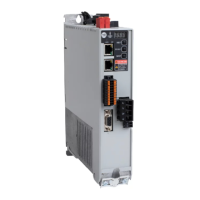
